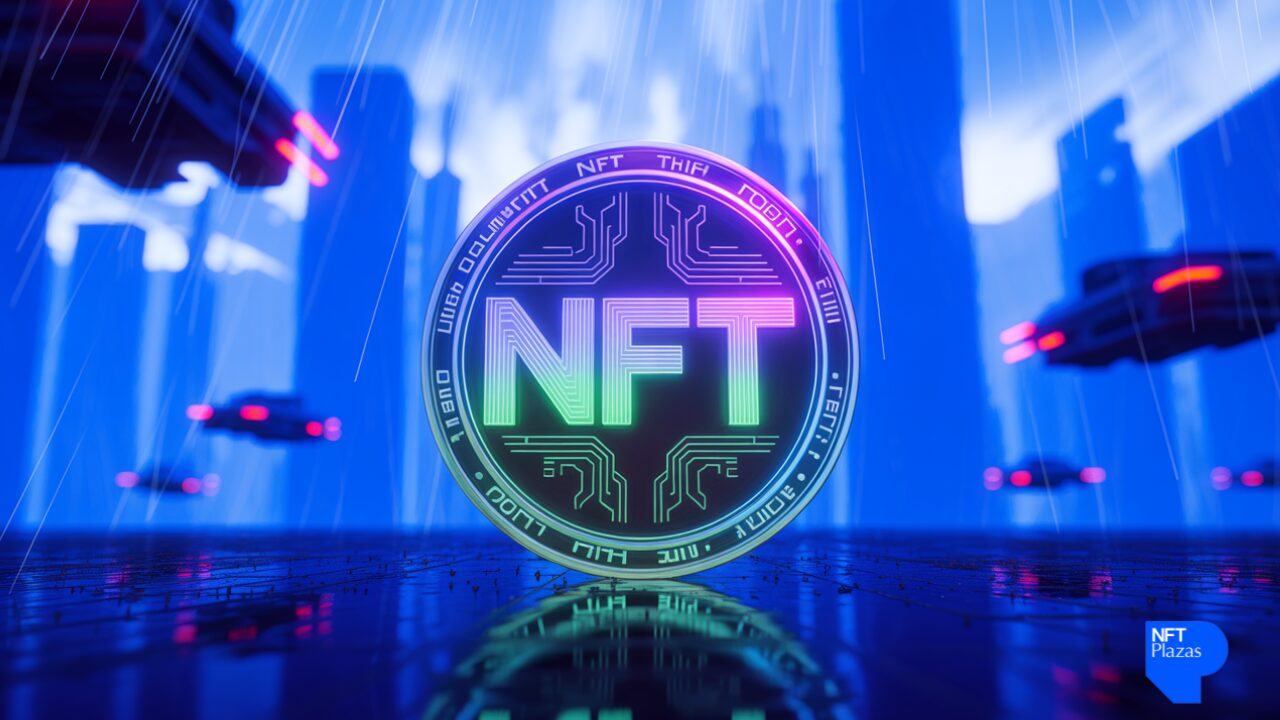NFTs in 2025 – More Than Digital Art

By the end of 2025, the NFT industry will hardly be the same exaggerated world of 2021 and the deep correction of 2022–2023. The market’s focus, which was mainly on avatar collections and speculative flips, has expanded to a more diversified ecosystem where utility, interoperability, and models of digital ownership are valued more than quick profit. The change has been slow, but 2025 is shaping up to be a landmark year in the evolution of non-fungible tokens.
In general, the NFT market in 2025 is a good example of cautious optimism: the extreme fluctuations are hardly present, there are more genuine use cases, and the distinction between strong and weak projects is much clearer.
NFTs in Gaming – The Real Growth Engine
The concept of digital ownership of game assets, which was just a small niche side idea, has become the central theme of numerous blockchain-powered games. Consumers purchasing skins or items that are locked behind a centralized platform are indeed the last ones to say; instead, players are described as desiring absolute ownership, the right to trade, sell, or even reuse assets across various games.
In addition, gaming tokens also pave the way for a variety of other blockchain-based experiences. For instance, in a competitive strategy game, developers can instill the concept of digital economies so players can use cryptocurrencies to purchase assets and participate in a skill-based tournament.
This is precisely the point at which crypto poker, as an activity, seamlessly fits into the discussion. Both gaming and NFTs are based on verified digital ownership, trustless rules, and community-governed economies. These intersections reveal how blockchain gaming is leading the NFT space not only toward a radical but also a more human future of co-creation.
Future Market Insights estimates that the NFT-powered gaming applications market will be worth $3.1 billion by the end of 2025, and long-term projections reach nearly ten times that amount by 2035. Such figures are among the most solid evidence that NFTs are transitioning to real use cases rather than being speculative collectibles.
Game studios have become less naive along the way. A majority of the unsustainable “play-to-earn” schemes that littered the space have been cleaned up and replaced by play-and-own models that reward users for their long-term rather than short-term engagement. In particular, developers working on Base, Solana, and Layer-3 environments are conducting interoperability experiments that allow users to share drops from one game across multiple MDR titles and even borrow assets from other users.
Indeed, with millions of gamers actively trying out blockchain-based games this year, gaming is not only the largest source of NFT adoption but also the most consistent engine of market expansion.
Institutional Adoption and the Quiet Maturation of the Market
One of the less-discussed aspects of the institutional presence of 2025 is how it has evolved. The Venetian Research shows that institutional investors account for roughly 15% of the total NFT market revenue. This is a significant change from that environment, where the first years were dominated by retail.
However, the institutions are not loading up the market with animal cartoons. They are investing in:
- Tokenized real-world assets (RWAs)
- Blockchain-based intellectual property rights
- Fractional ownership models for digital goods
- Platform infrastructure rather than individual collections
Even if collectors who depended on the hype have already left, this still indicates that institutions have deeper trust in the tech.
Regulators have stepped up their game as well. Around the middle of 2025, U.S. courts changed their approach to NFT-related insider trading cases, according to Reuters. This, in turn, is creating new legal benchmarks for the marketplaces. The end environment is a market operating with greater transparency, less of a mess, and viable for long-term investment.
The Market’s Challenges Are Still Real
The Business Research Company data shows that the worldwide NFT market was forecast to increase from a little over $43 billion in 2024 to almost $60.8 billion in 2025, a very significant move reflecting not only the industry’s maturation but also growing institutional interest.
On the other hand, Vancelian Research reported that more than 85 million NFTs were created in the first half of this year, while active NFT wallets grew approximately 9% year-over-year. These figures imply that the speculative frenzy that used to be there is now completely gone, whereas the usage and adoption are still increasing at a steady pace.
The NFT market is still facing challenges it cannot solve on its own, despite impressive growth figures. One of these challenges is value concentration: a few percent of wallets still hold a disproportionate share of the volume. Trading volume is very low across most collections, which is why liquidity is unstable.
The carbon footprint issue has been less of a problem due to most projects moving to proof-of-stake chains, but the intellectual property rights, wash-trading, and long-term viability being debated is still a regular thing. Also, the sales volumes have been stable, but the way to mainstream acceptance is still very far.
Also, the market remains exposed to the risk of volatility. For instance, Base and Solana are on an upward trend, but other ecosystems are not growing at a similar rate. The difference between high-utility and low-utility projects getting larger is what’s happening.













